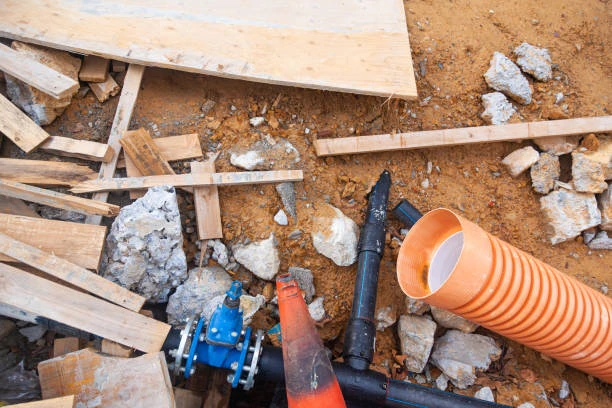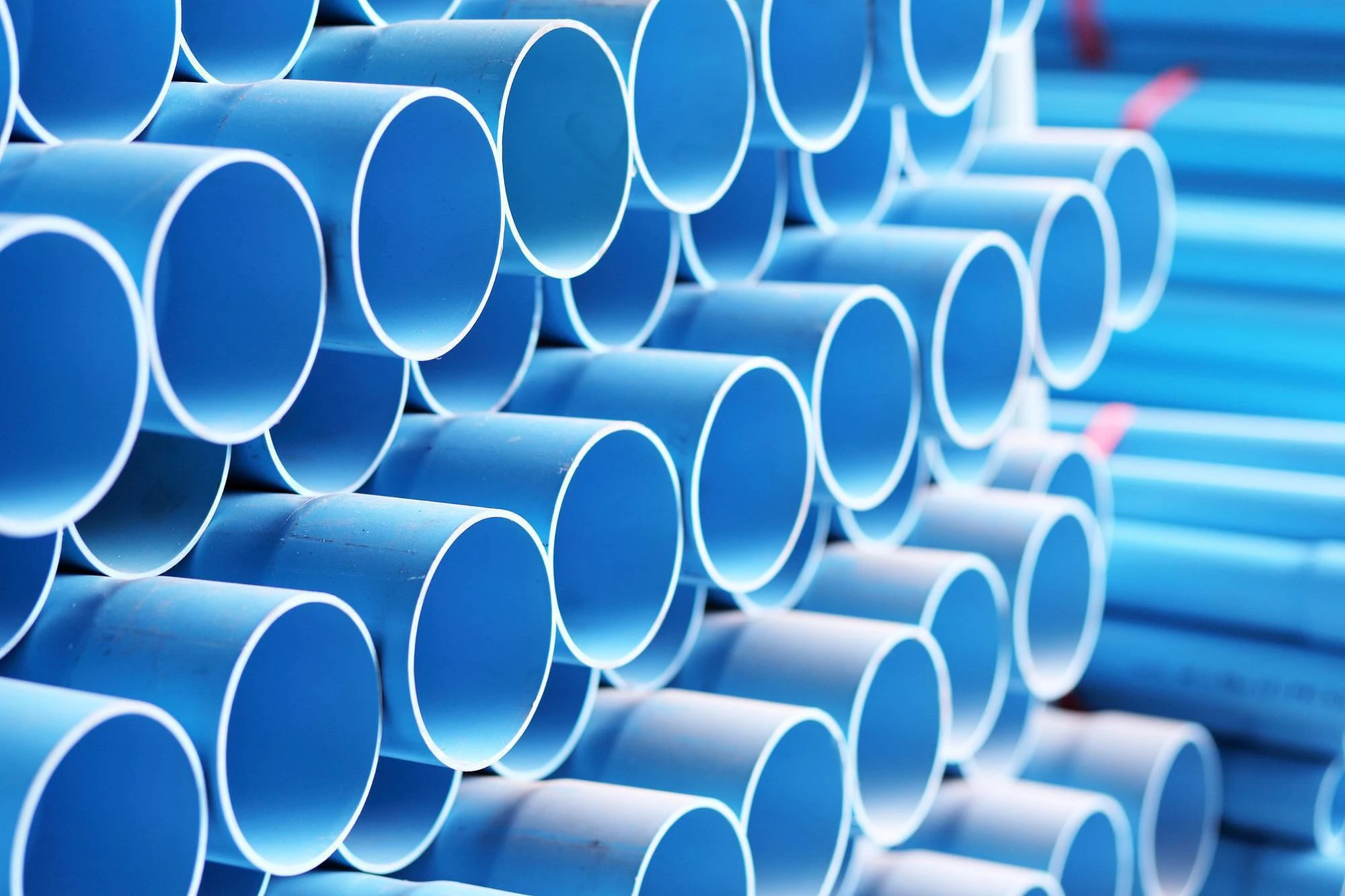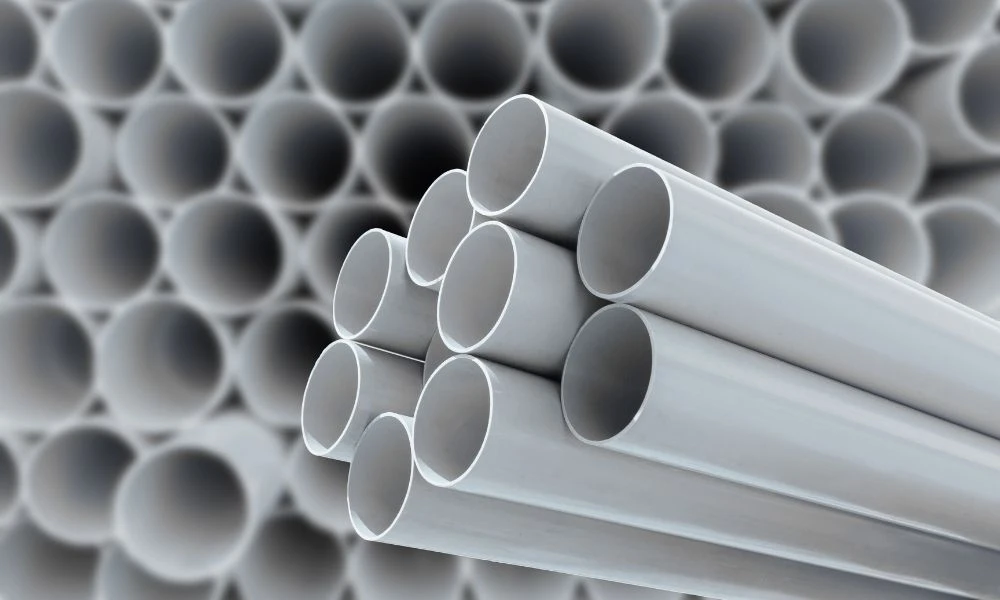In an important development for the polymer industry, Epigral has announced the expansion of its CPVC (Chlorinated Polyvinyl Chloride) resin capacity to an impressive 75,000 tons per annum (TPA). This strategic move comes at a time when the demand for high-quality plumbing materials is surging, particularly in light of the growing popularity of PEX (cross-linked polyethylene) fittings. This article delves into the significance of this expansion, the advantages of PVC, and how PEX fittings complement these innovations in plumbing systems.
The Significance of CPVC Resin
PVC is a thermoplastic material that is widely used in plumbing and construction due to its superior properties. Unlike standard PVC, the chlorination process enhances CPVC’s heat resistance and durability, making it suitable for hot and cold water applications. With the expanded production capacity, Epigral aims to meet the increasing demand for PVC resin in various industries, including residential and commercial construction.
Benefits of CPVC Resin
- High Temperature Resistance: PVC can withstand temperatures up to 200°F (93°C), making it an excellent choice for hot water systems. This thermal resistance is crucial in regions with high water temperatures, ensuring consistent performance.
- Corrosion Resistance: One of the major advantages of PVC is its resistance to corrosion. Unlike metal pipes, CPVC does not rust or corrode, which significantly extends the lifespan of plumbing systems.
- Chemical Resistance: PVC offers excellent chemical resistance, allowing it to be use in a variety of applications, including industrial settings where exposure to corrosive substances is common.
- Lightweight and Easy to Install: PVC piping is considerably lighter than traditional metal options, making transportation and installation easier. This ease of handling translates to lower labor costs and faster project completion.
- Cost-Effectiveness: Compared to metal pipes, PVC is often more affordable, both in terms of material cost and installation expenses. This affordability makes it an attractive option for builders and contractors.
The Role of PEX Fittings in Modern Plumbing
As the plumbing industry evolves, the integration of PEX fittings has become increasingly prevalent. PEX fittings are design to connect PEX pipes, know for their flexibility and resistance to freezing. This section will explore the advantages of PEX fittings and their compatibility with PVC systems.
Advantages of PEX Fittings
- Flexibility: One of the most significant advantages of PEX is its flexibility. PEX pipes can bend around corners and obstacles without the need for additional fittings, reducing the number of joints required and minimizing potential leak points.
- Resistance to Freezing: PEX fittings are design to withstand freezing temperatures. Unlike rigid materials that can burst when water freezes, PEX can expand, making it ideal for use in colder climates.
- Ease of Installation: The installation of PEX fittings is straightforward, often requiring fewer tools and less labor than traditional piping systems. This simplicity allows for quicker project timelines and cost savings.
- Lower Risk of Corrosion: Being a non-metallic material, PEX fittings do not corrode over time. This property enhances the longevity and reliability of plumbing systems.
- Wide Compatibility: PEX fittings are compatible with a variety of piping materials, including CPVC. This compatibility allows for versatile plumbing designs and the ability to combine the strengths of both materials.
Synergy Between CPVC and PEX Fittings

The expansion of Epigral’s PVC resin capacity not only boosts the availability of PVC for various applications but also enhances the synergy between PVC and PEX fittings. The ability to use both materials in plumbing systems can lead to optimized performance and increased durability.
- Seamless Connections: With the ability to connect PVC pipes with PEX fittings, contractors can create seamless transitions in plumbing systems. This versatility allows for more efficient designs and installations.
- Optimized System Performance: The combined use of PVC and PEX ensures that plumbing systems can handle higher pressures and temperatures. This compatibility enhances the overall performance and longevity of the system.
- Sustainability: The shift towards more sustainable building practices aligns with the benefits of both PVC and PEX. Their durability and reduced maintenance needs contribute to environmentally friendly plumbing solutions.
Market Trends and Future Implications
As the demand for efficient plumbing solutions continues to grow, Epigral’s expansion to 75,000 TPA in PVC resin production is a significant step forward. The market is witnessing an increasing preference for materials that offer durability, easy installation, and long-term performance.
Expected Growth in the Plumbing Sector
The plumbing industry is expect to see robust growth as construction projects expand globally. With more builders and contractors recognizing the advantages of PVC and PEX, the synergy between these materials will likely drive further innovation and adoption in the market.
Conclusion
The expansion of Epigral’s PVC resin capacity to 75,000 TPA signifies a pivotal moment for the polymer industry, particularly in plumbing applications. The complementary relationship between PVC and PEX fittings promises to enhance the efficiency, reliability, and sustainability of plumbing systems. As demand for high-quality materials continues to rise, Epigral is well-positioned to lead the way in providing innovative solutions that meet the needs of modern construction.
Frequently Asked Questions (FAQs)
1.What is CPVC, and why is it used in plumbing?
- PVC, or Chlorinated Polyvinyl Chloride, is a thermoplastic material know for its high temperature and corrosion resistance. It is use in plumbing for hot and cold water applications.
2.What are PEX fittings, and what advantages do they offer?
- PEX fittings connect cross-linked polyethylene pipes. They offer flexibility, resistance to freezing, ease of installation, and compatibility with various piping materials.
3.Can PVC and PEX fittings be used together?
- Yes, CPVC and PEX fittings can be effectively use together, allowing for versatile plumbing designs that leverage the strengths of both materials.
4.How does CPVC compare to traditional metal pipes?
- PVC is lightweight, corrosion-resistant, and often more cost-effective than traditional metal pipes, making it a preferred choice for many plumbing applications.
5.What factors are driving the demand for CPVC and PEX in the market?
- The demand is drive by the growing need for durable, reliable, and cost-effective plumbing solutions in both residential and commercial construction projects.


















